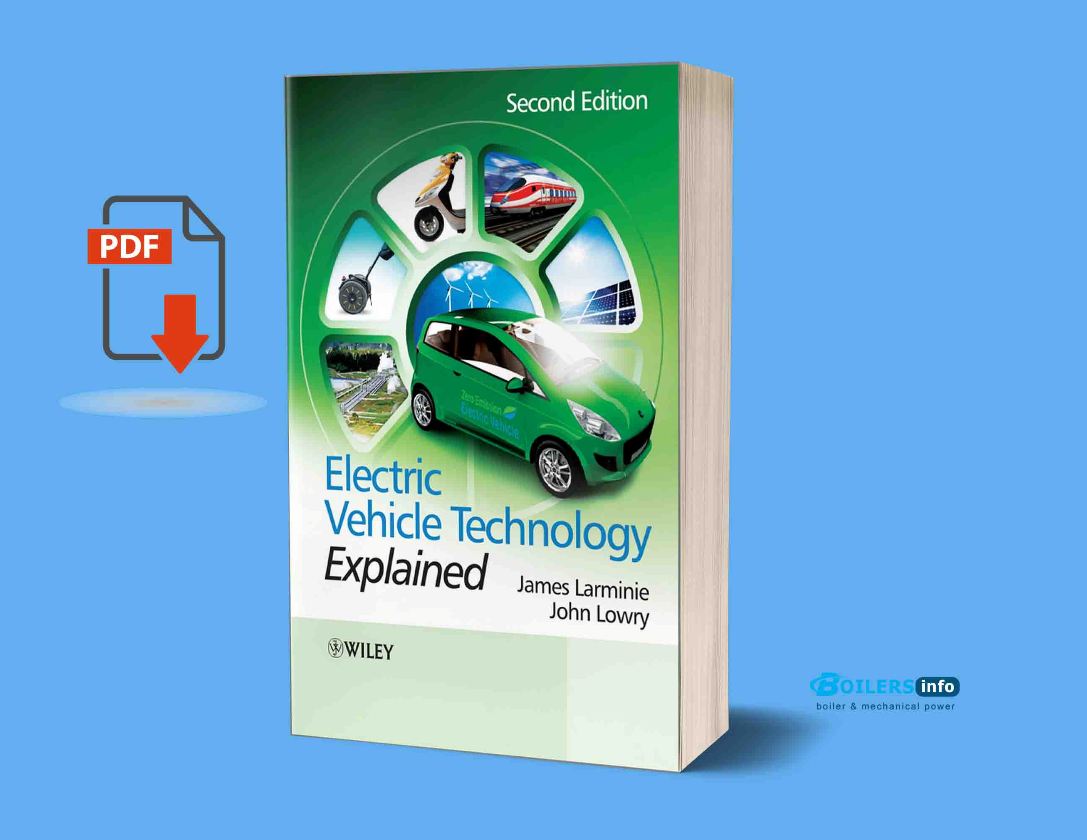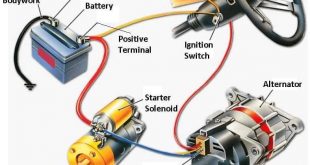
Electric Vehicle Technology Explained by James Larminie, John Lowry. This comprehensive guide, by acclaimed authors James Larminie and John Lowry, takes you on a captivating journey through the past, present, and future of electric vehicles (EVs). With the pressing need to address environmental concerns and reduce greenhouse gas emissions, electric vehicles have emerged as the frontrunners of sustainable transportation. The revolutionary advancements in EV technology have not only transformed the automotive industry but also hold the key to a cleaner and greener future for our planet. In this book, Larminie and Lowry demystify the complex science behind electric vehicles, offering readers a clear understanding of the various components that power these silent revolutionaries. From batteries and motors to charging infrastructure and range optimization, every aspect of EV technology is explored with clarity and expertise.
The Contents of Electric Vehicle Technology Explained
- Introduction
- Batteries
- Alternative and Novel Energy Sources and Stores
- Fuel Cells
- Electric and Hybrid Vehicles
- Hydrogen Supply
- Electric Machines and their Controllers
- Electric Vehicle Modelling
- Design Considerations
- Design of Ancillary Systems
- A Textbook of Automobile Engineering
- Electric Vehicles and the Environment
- Case Studies
- Appendices
 Boilersinfo Boiler and Mechanical Power Digital Library
Boilersinfo Boiler and Mechanical Power Digital Library








